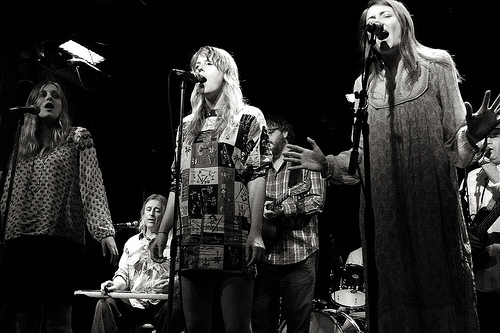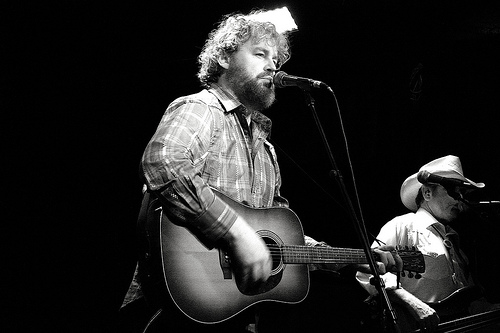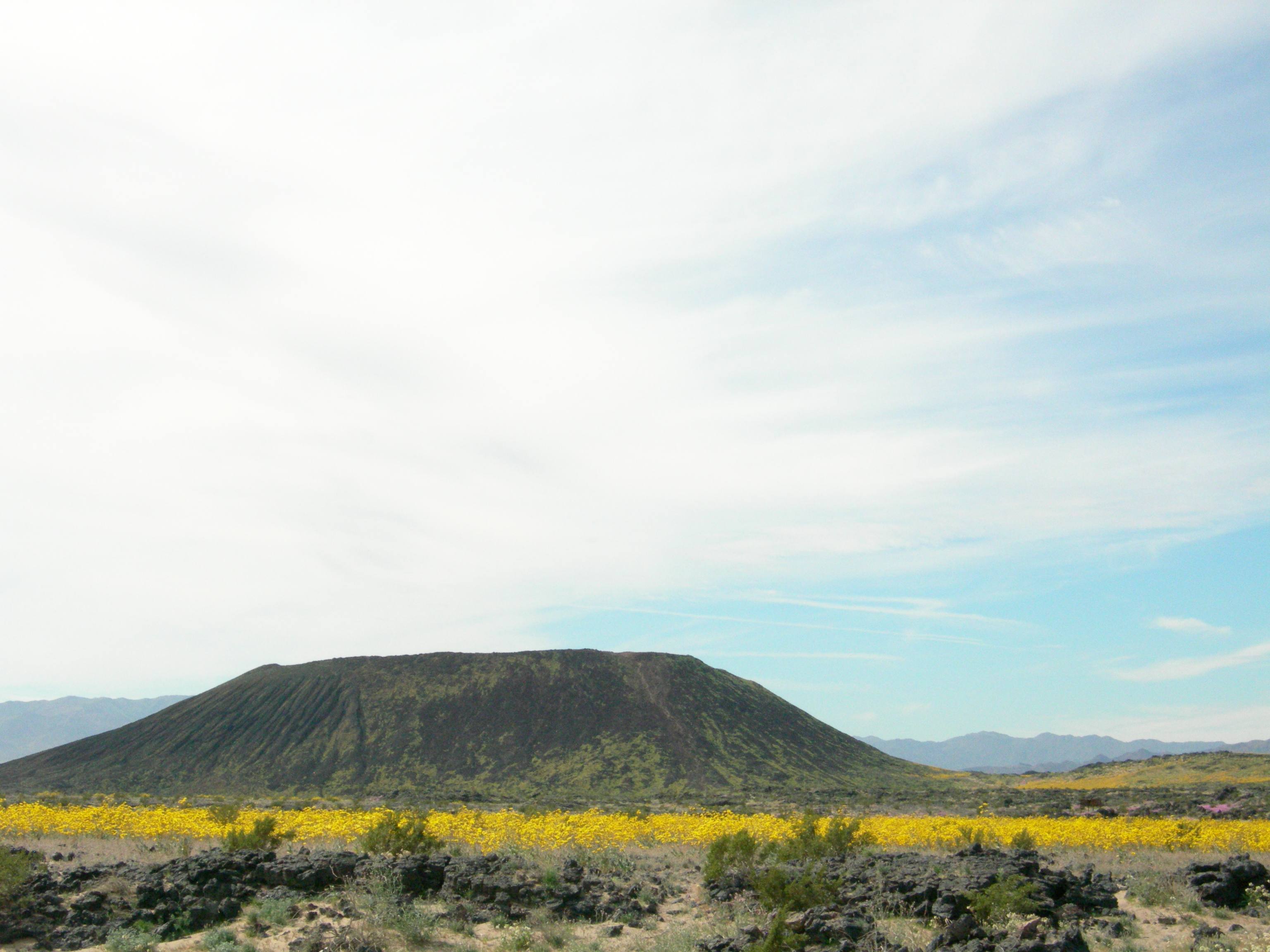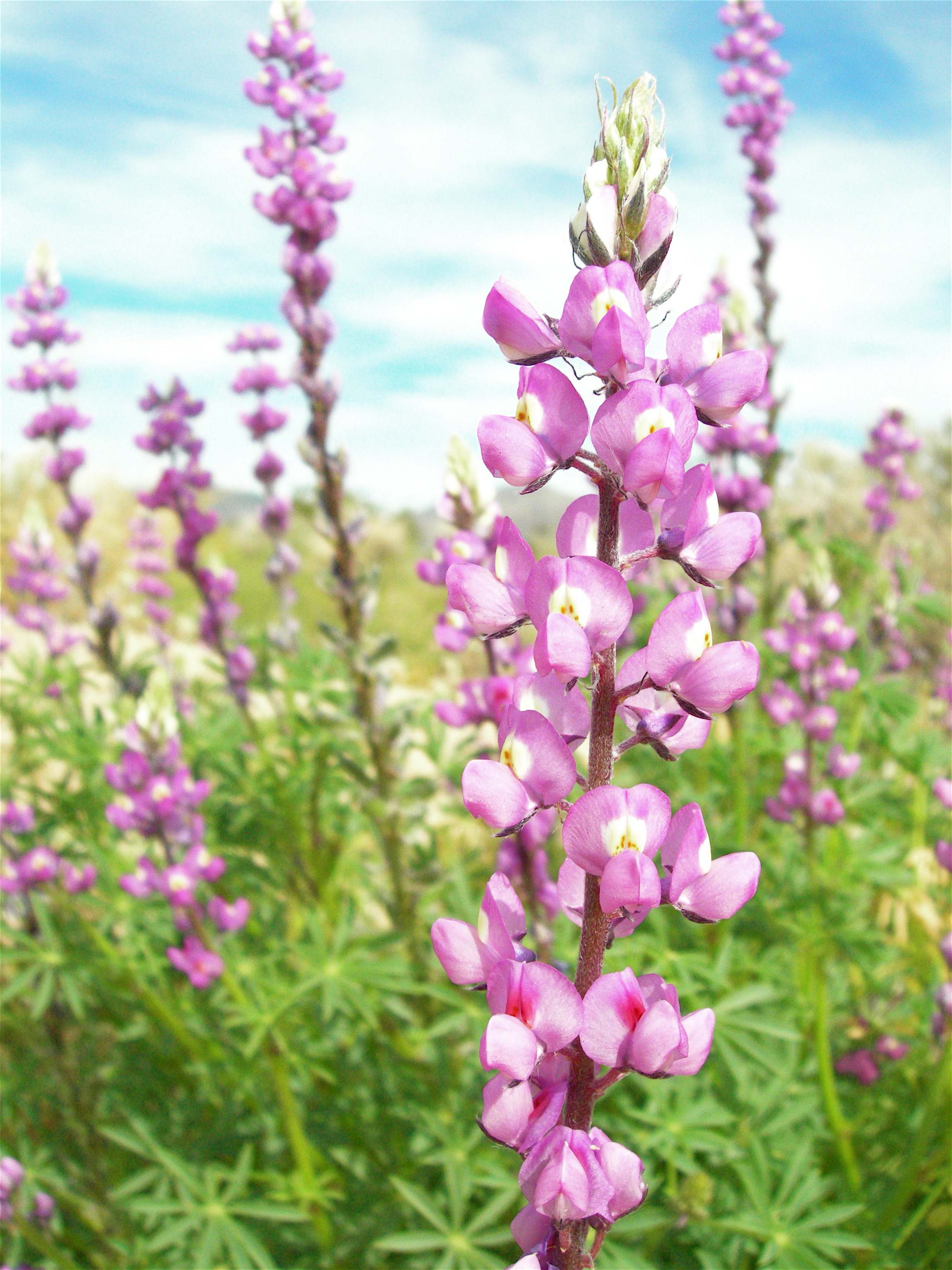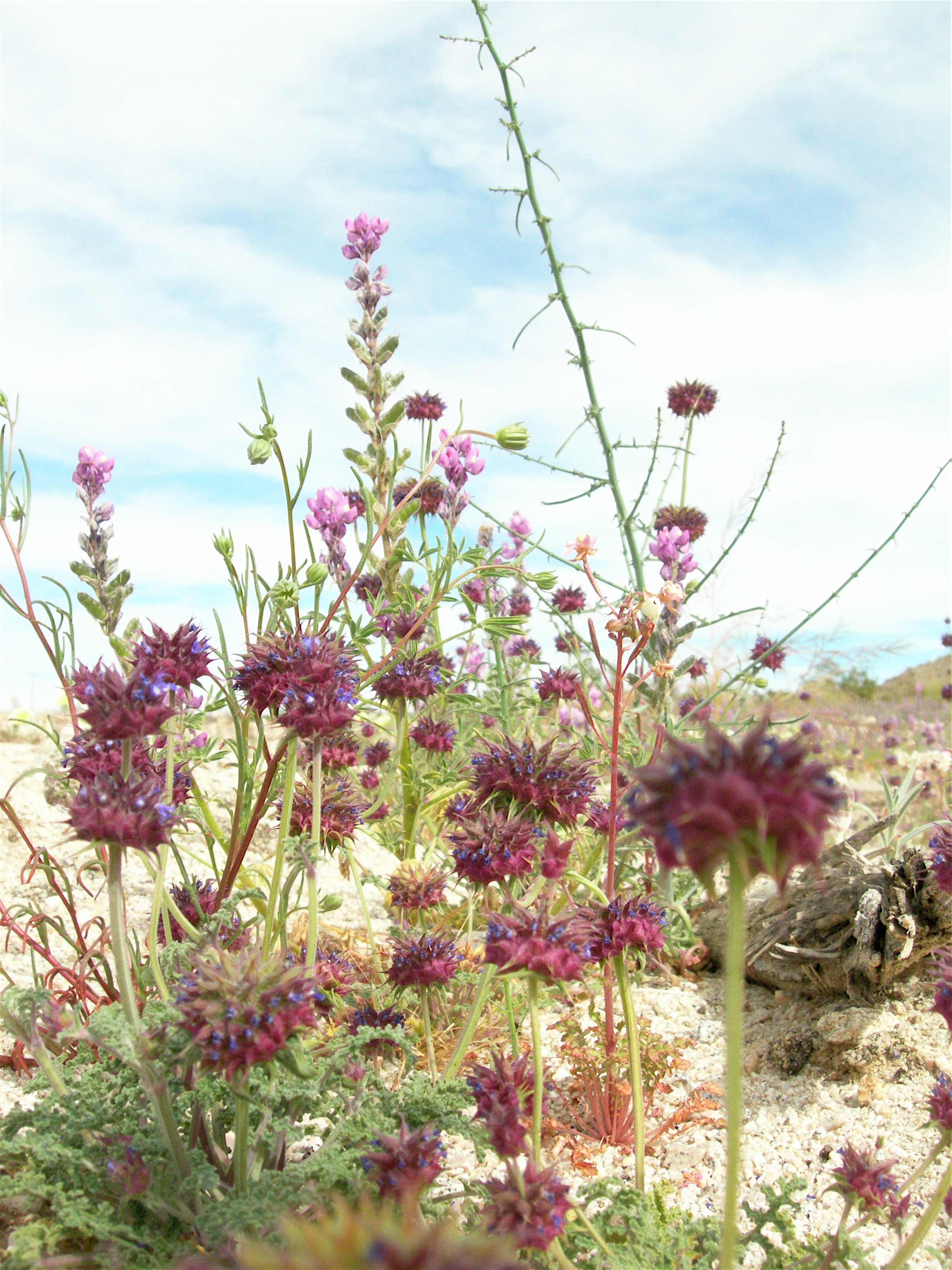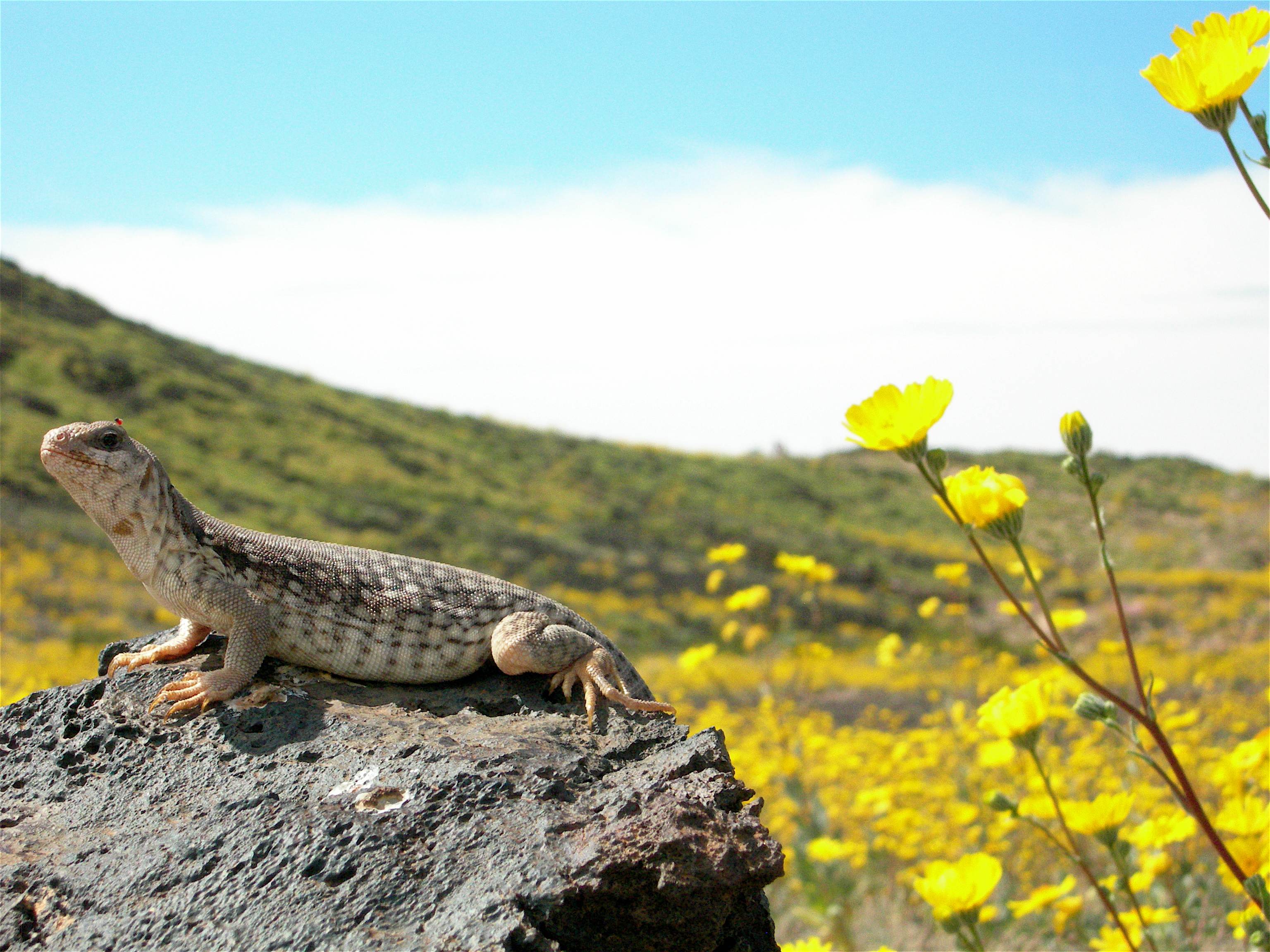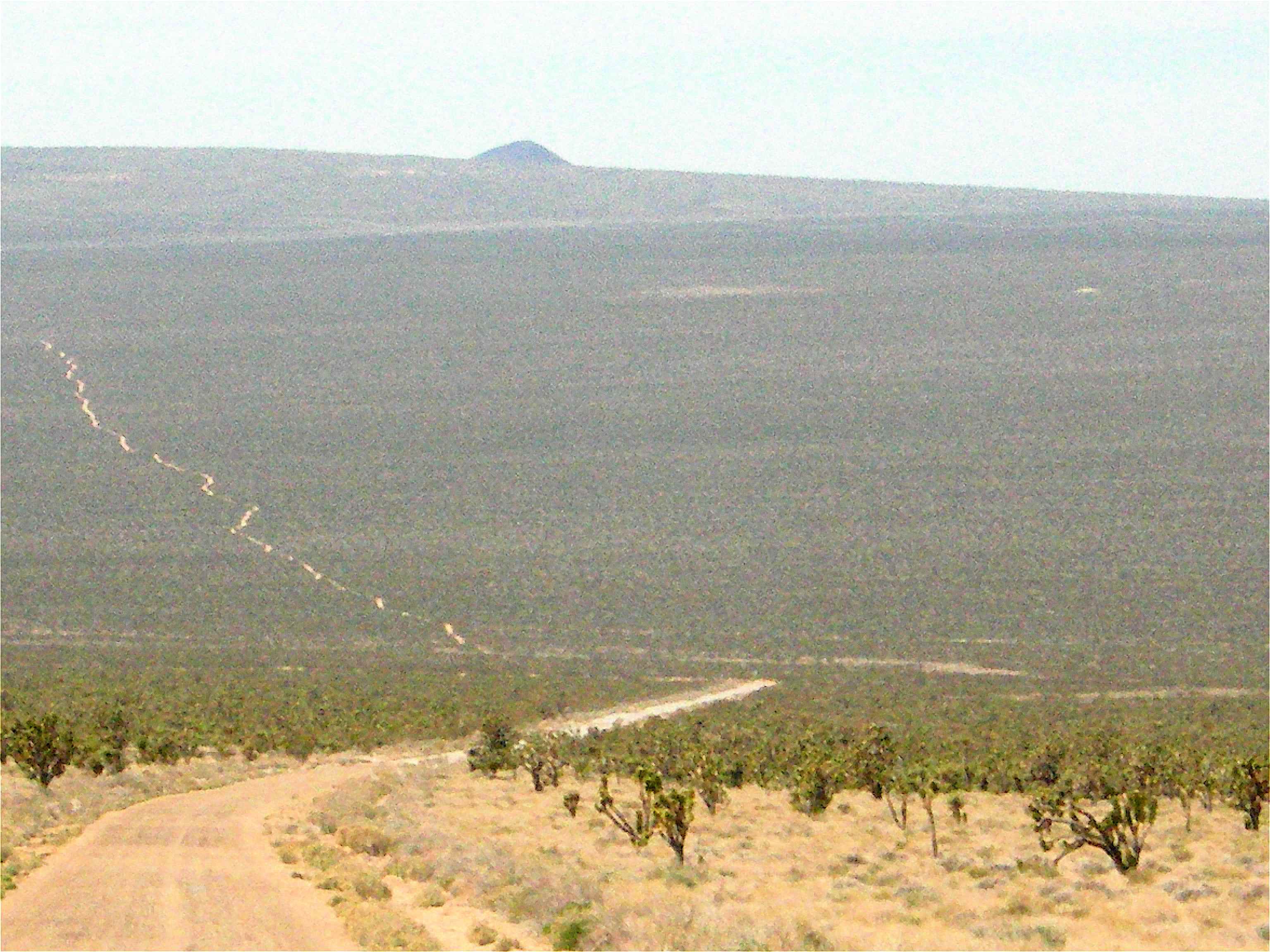June. June of the 21st century. June of a drying California. Yellow hills from Highland Park through the Grapevine, relieved by one strange hillside of mottled blues and greens, and a steep slope blackened from a fire, like a burnt hunk of bread. We’re on the 5 north again. How many times have we done this drive? The same thoughts are triggered by the same monuments:
Gorman. A 1968 family trip into the deep hills, Indian artifacts, a spring, an Old Californio family ranch. Lebec. My aunt Chinky and her single wide full of sons. The 5/99 divergence. Mystery. The 99 not taken. Systems collapse. Mesopotamia was green. As were we.Rob has a new cell phone, the Sony Ericsson. It delivers email, FM, XM, video, has a guitar tuner, and an on call suicide watch. It’s a gateway device to the iPhone. Rob is sitting in the back seat of the Yukon, programming Sony Ericsson, reading the manual, with the calm that only people born after 1970 can manage. He hasn’t called tech support even once, and we’re halfway to Berkeley.
Paul M sits next to Rob, paying his bills, renewing his membership in NORML. Shawn is driving and talking on his cell. Paul is wired on chocolate infused trail mix, hence this blog.To Berkeley. Where we’re playing at Strings, a private music joint and living remnant of hippiedom, like a Gaeltacht village clinging to a Donegal cliffside. The pastoral nature of Strings is effectively concealed by a down and out San Pablo Street storefront, but inside await Moroccan pillows, vibrant art and drapery, a green and cool inner courtyard, and good good good good vibrations.
Rob’s nostrils are burning from the infamous CCC (cow concentration camp, aka Kauschwitz, Kracow, Bergen Bessie). Beef. It’s what’s for dinner.
